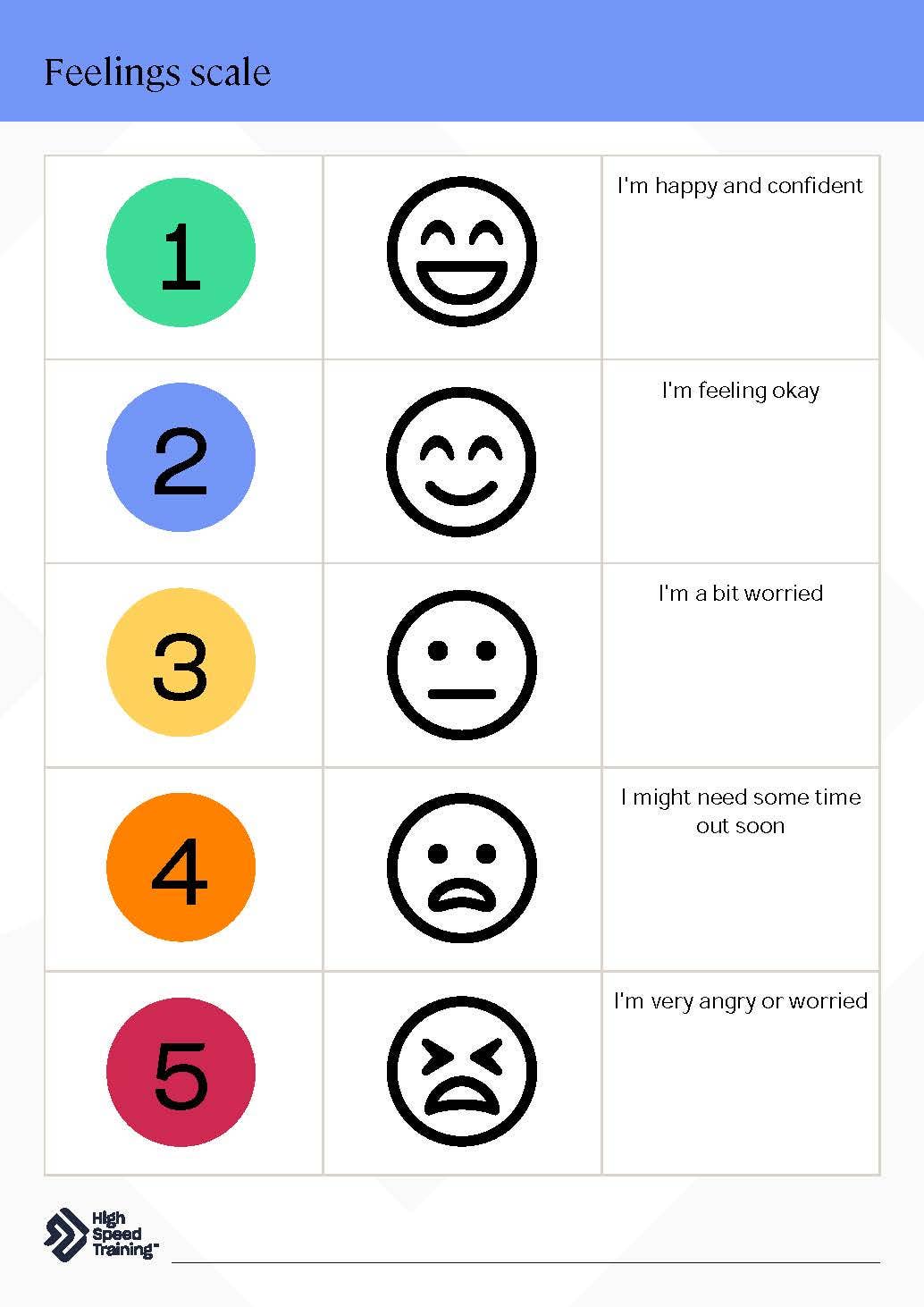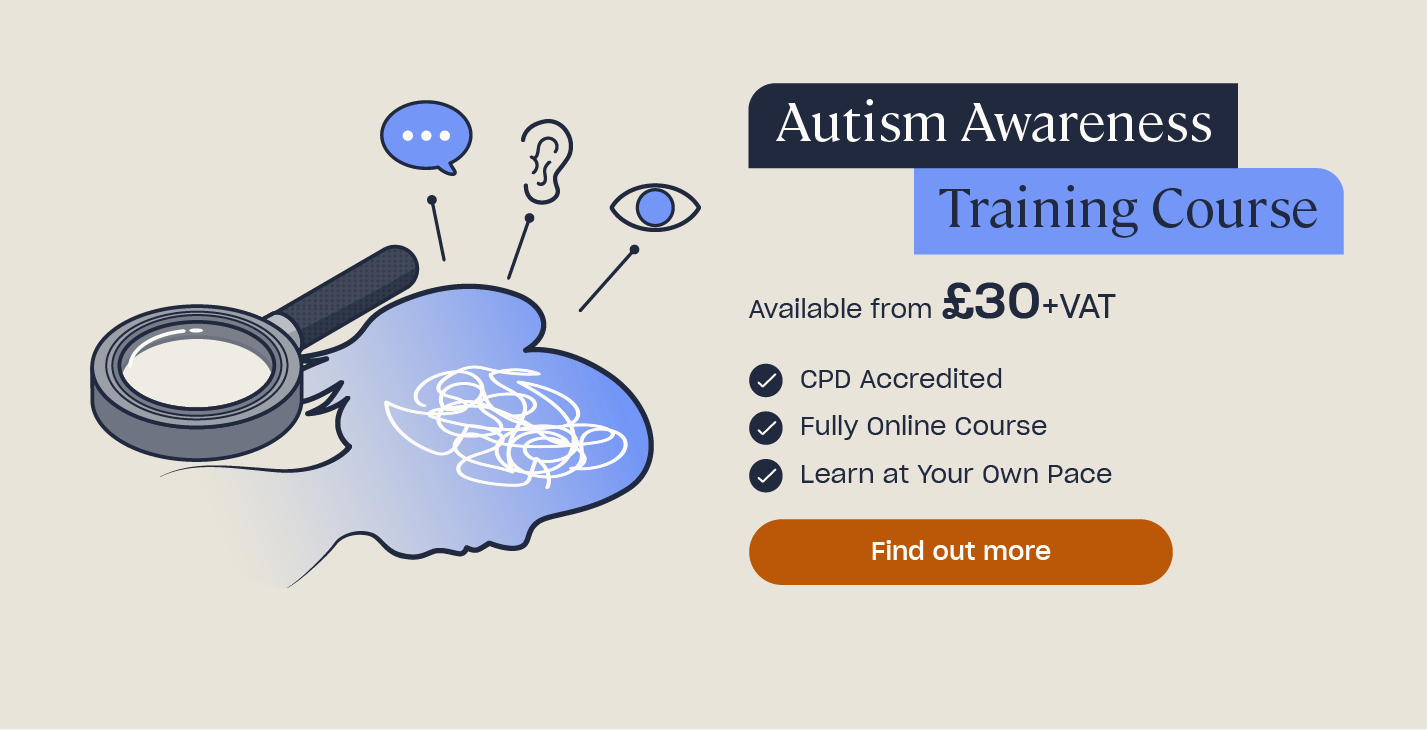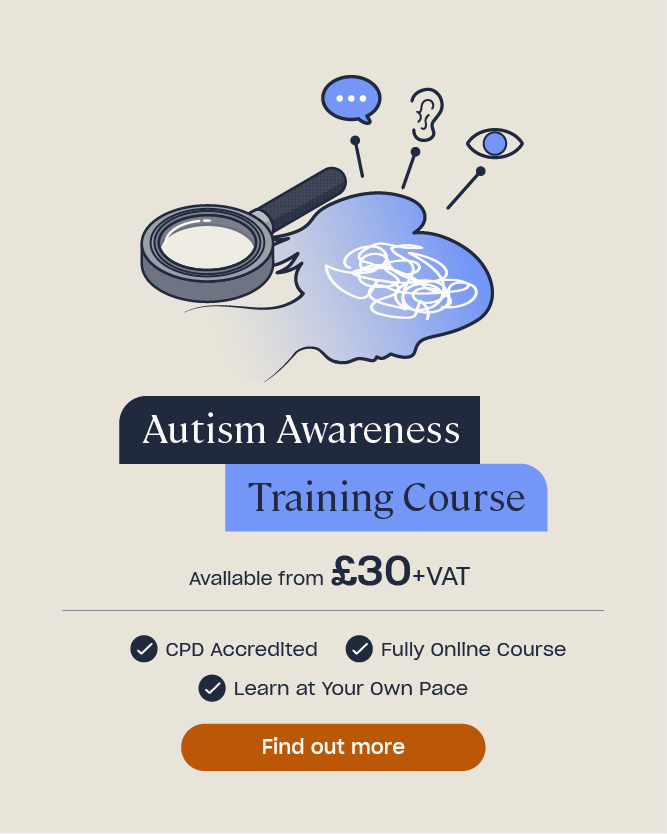Autism Feelings Chart for Children
Autism is a lifelong neurological difference, which means that autistic individuals interact and experience the world in a different way to non-autistic people.
It’s not that the child is seeing the world incorrectly – their interpretation of the events isn’t wrong – autism is simply a variation in the way their brain works. It is an example of neurodivergence, and as such should be viewed as a natural difference to be supported, rather than a deficit or disorder to be treated.
With this in mind, it’s important to recognise that all autistic children are different, and will therefore have different strengths and challenges. To help support an autistic child, there are numerous strategies that can be used. These can be relatively simple adjustments or strategies, but the positive effect they have for autistic children can be substantial.
One challenge can be around recognising and expressing emotions. An emotion chart can be an effective tool to use to support autistic children (and other children) to recognise their emotions and express to others how they are feeling. We’ve produced a feelings chart that you can download for free and use with children in your care.
Autism & Expressing Emotions
Children usually develop the ability to understand and express emotions from birth. By 12 months, they can read facial expressions and gain an understanding of how someone is feeling. However, some autistic children can’t always do this, even as they continue to grow and develop.
Some autistic children may find it difficult to understand and regulate their emotions. They may also have difficulty interpreting others’ emotions. Anxiety and overwhelm (when that anxiety becomes too much) are a feature of many autistic children’s lives, and can have a detrimental effect – both on their wellbeing and on their learning.
Therefore, encouraging children to communicate their anxiety and emotions is crucial so that the adults supporting them can make reasonable adjustments. If an autistic child knows how to understand and express their emotions, it can also help to avoid shutdown or meltdowns.
They say the most important thing in buying a house is location, location, location. The key to supporting autistic children is to reduce the anxiety, reduce the anxiety, and reduce the anxiety.
Fintan J O’Regan
Some autistic children may find it difficult to regulate and express their emotions. If they can’t comprehend how they’re feeling, then expressing it and discussing it can be particularly overwhelming. A tool such as the feelings rating scale can help autistic children to communicate their feelings to others, and help adults respond to their emotions in the most effective and supportive ways.
Looking to Learn More?
Our Autism Awareness and Autism Awareness in Education courses will help you understand more about Autism and how to effectively support autistic children.

What is a Feelings Scale?
A ‘Feelings Scale’ is just one example of an easy tool that you can use to help autistic children develop a better understanding of their emotions.
Feelings Scales – sometimes called a Stress Scale, Feelings Rating Scale, Emotion Chart or How Am I Feeling Chart – are simple scales made up of numbers, traffic light colours or a range of faces. The idea is that the child uses the scale to indicate how they’re feeling at any given time.
What’s more, it also helps the child to understand that they can express their emotions in a calm manner. If an autistic child’s needs are not met effectively, they may experience high levels of anxiety and display distressed behaviours. Tools such as a feelings chart or those in our article How to Support Children With Anxiety in the Classroom can help them to recognise and express their feelings. It is essential, however, that you use the chart to inform your support – to respond to their needs. If you see patterns, you will be able to make adjustments to the environment, situation, etc. to help them regulate – for example, a child may point to the worried face each day before lunch. This should indicate to you a need to find out what is causing them distress at this time – it might be a sensory issue, such as the smell of the lunch permeating the room, or knowing that unstructured time is coming up, which they might find difficult.
You can easily make up your own Feelings Scale using art materials, a pen and paper or a computer. Feeling scales work well when they are co-constructed. Work with the child to make sure you are using images that resonate with them and that they understand. This might be through emojis, colours, photographs etc – whatever is meaningful for the individual child. If you add vocabulary make sure they understand it and add extra detail to reinforce it – for example, ‘angry’ might also include ‘face feels hot’ if that is how the child experiences and recognises anger. Alternatively, we’ve prepared a ready-made Feelings Scale that you can download for free. This can be used with the child at home and as a visual support in the classroom.
As with all strategies, time needs to be taken to teach children – and all adults who support them – how to use them. This might need to be a short intervention in itself before the feelings chart can have impact. You should review the strategy – if possible, by asking the child how they feel it is working. You might need to tweak the chart or the way in which you use it as time progresses.
Example Autism Feelings Chart

Further Resources:
- What is Autistic Masking?
- Autism Awareness in Education Course
- Autism in Females: Is it Different?
- Autism Awareness Quiz
- Parenting Changes to Make for Teens with Autism
- How to Support Children with Pathological Demand Avoidance (PDA)
- How to Support a Child with Autism in the Classroom
- How to Encourage Children to Express Feelings & Emotions
- Child Mental Health Quiz
- What is Neurodiversity & How Does it Relate to Autism?
- Autism Awareness Course
- Sensory Overload in Children











